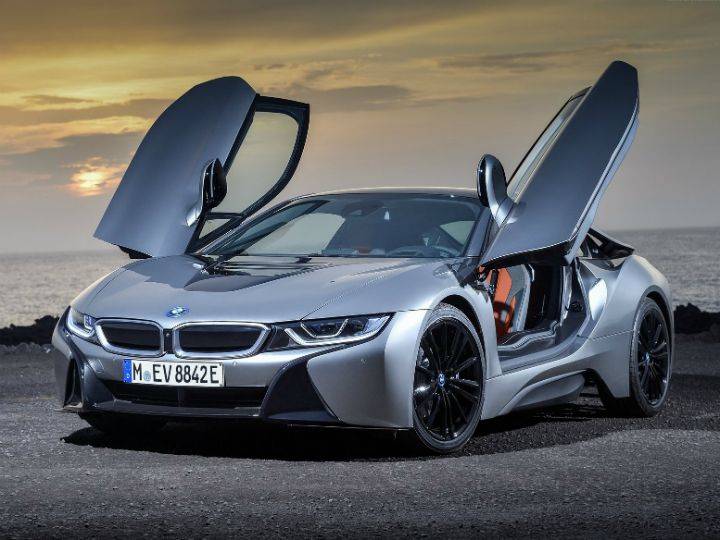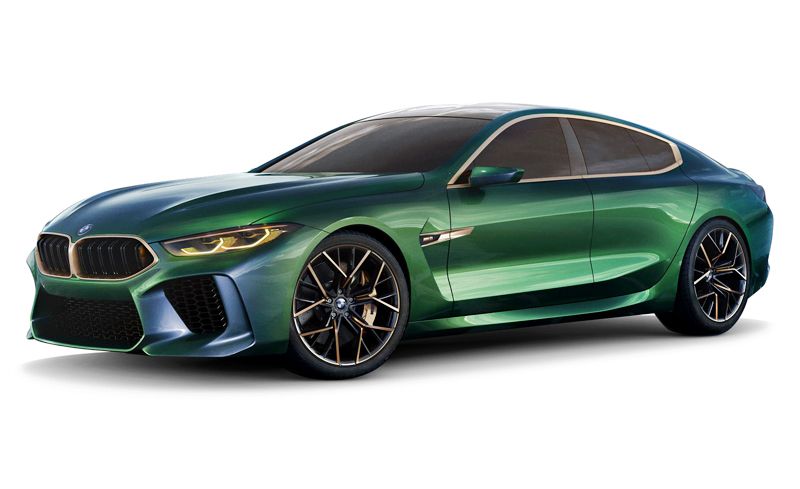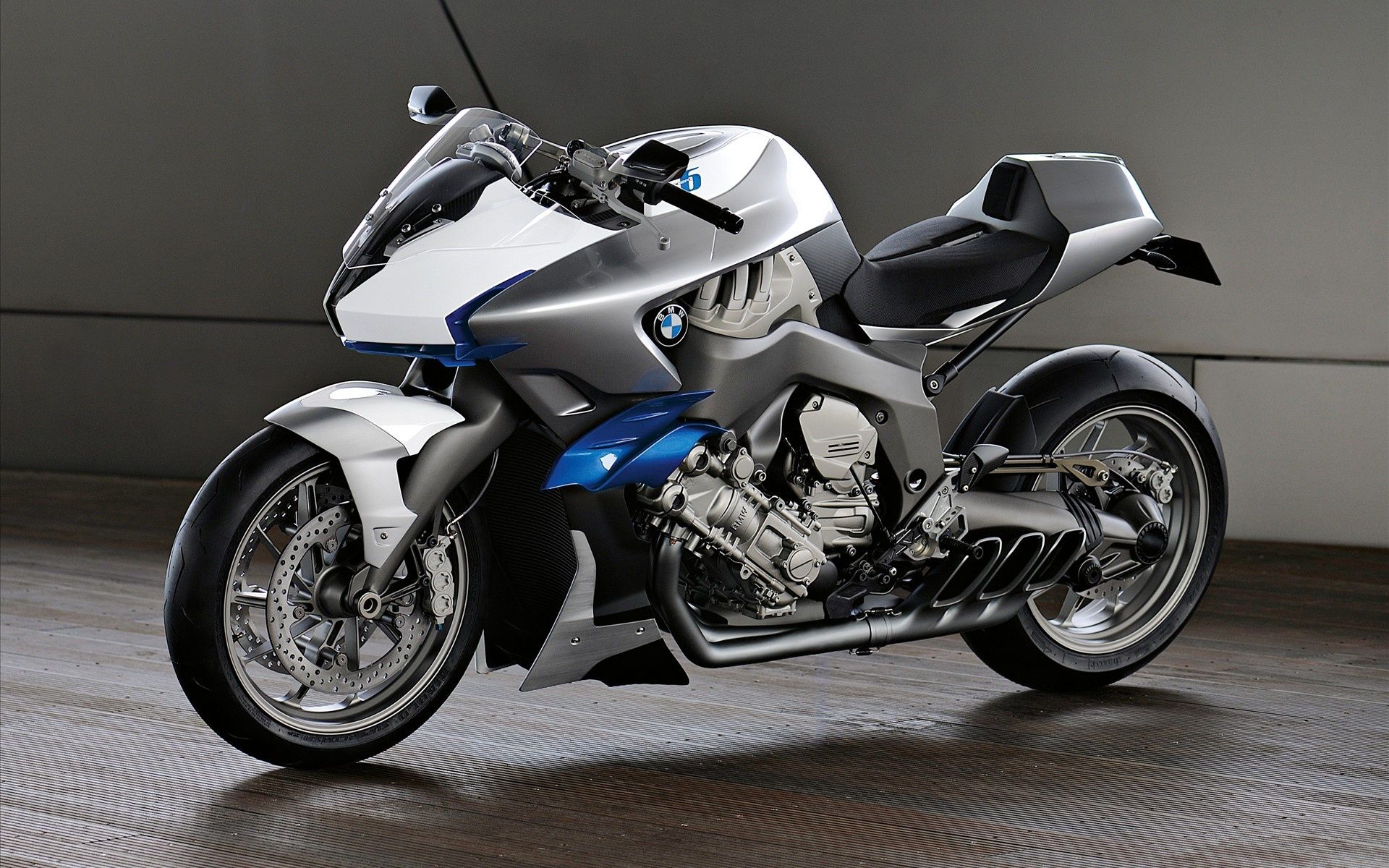The History Of BMW
Bavarian Motor Works (German: Bayerische Motoren Werke AG) or well-known as BMW is a German automobile, motorcycle and engine manufacturer founded in March 1916 by Franz Josef Popp, Karl Rapp and Camillo Castiglioni.
The history of BMW is one of the most fascinating in the automotive industry. Featuring two World Wars and immense diversification, it’s a colorful history. After the end of World War I, an aircraft engine manufacturer and two conglomerates would form the basis of what would evolve into the Bavarian Motor Works (BMW). Due to the terms of the Treaty Of Versailles, the company was unable to manufacture aircraft engines, and to keep afloat, BMW switched to the manufacture of motorcycles in 1923. In 1929 the company would purchase Fahrzeugfabrik Eisenach which currently was manufacturing vehicles under the brand Dixi.
1936 was a landmark moment in BMW history, as the first BMW sports car would be released under the model number 328 and was again the company would continue building aircraft engines. The company would become famous for its aircraft engines as they became well-known for their high-altitude performance, and throughout World War II the company would produce engines for the Luftwaffe. At the end of the war the company would once again be reframed for manufacturing items that could be beneficial for military use. The company would survive by building civilian-based bicycles until 1948 when it would restart motorcycle production and by 1952 vehicle production would start up again. The company would deal with slow sales of their vehicles and would hemorrhage the company on bankruptcy.
BMW was on the brink of selling the company to Daimler-Benz until an industrialist by the name of Herbert Quandt would invest in BMW taking over the controlling interest of the company. Quandt wanted to BMW to capitalize on sales of vehicles in Germany of the day. BMW would work on producing an inexpensive that would be available to purchase by more individuals. The company would buy the rights to the Isetta. The Isetta would be powered by a BMW 247cc four-cycle motorcycle engine that would produce a total of 13 hp. In the years of the vehicles production BMW would produce 161,728 and would help the company to start work on future projects.
BMW would start work on their 700 model which featured a rear mounted 697cc boxer engine that was also derived from company’s motorcycles. The following year the company will launch the 1500 compact sedan. This would be received as a sporty sedan that would help to build credibility for BMW as well as confirm the company’s reputation for sports cars. By this time, sales were continuing to climb and with the success of BMWs motorcycles and automobiles the company would be able to start offering dividends to shareholders.
By the early 70s, BMW was continuing to make a name for itself and with the introduction of Eberhard von Kuenheim who became CEO of BMW Group who would refocus the company in order to make it an international icon for sport and luxury. In 1972 the 5-series was launched by BMW with the 3-series following the 1975. The company would also focus on this large sedans introduced in the 1977 under the 7-series badge. These vehicles would continue to gain international recognition and continue BMW’s long-term expansion.
With the company’s success in international markets, BMW would establish a subsidiary in Japan becoming the first European car manufacturers to do so. In 1986 the BMW engineers worked on producing a 3-series that was more powerful than the standard model with the first version producing 195 bhp in later models producing 238 bhp led company to start production on one of its most iconic vehicles for today, the M3. The E30 M3 would you want to be considered one of the best and most victorious race cars in the touring class. In 1993, Eberhard von Kuenheim stepped down from the company as acting chairman with sales of the company’s vehicles now throughout the world and having boosted sales of BMW vehicles 400% as well as BMW motorcycle sales up near 300%.
Through the 70s to present times BMW has had a strong stake in many different racing series. Most notably BMW would continually take part in the Dakar Rally and Superbike World Championship. In 2006 BMW would take over the Sauber team take part in Formula One. The company would reach some success 20 Grand Prix through its years till 2009 when the company would sell the team back to Sauber. Today BMW AG continues to manufacture vehicles under it three divisions of Mini, BMW, Rolls-Royce Motor Co. BMW A.G. also manufactures motorcycles under the BMW and Husqvarna names. The company now employs over 100,000 individuals worldwide and produces over 1.5 million vehicles and 100,000 motorcycles annually.
The history of BMW is one of the most fascinating in the automotive industry. Featuring two World Wars and immense diversification, it’s a colorful history. After the end of World War I, an aircraft engine manufacturer and two conglomerates would form the basis of what would evolve into the Bavarian Motor Works (BMW). Due to the terms of the Treaty Of Versailles, the company was unable to manufacture aircraft engines, and to keep afloat, BMW switched to the manufacture of motorcycles in 1923. In 1929 the company would purchase Fahrzeugfabrik Eisenach which currently was manufacturing vehicles under the brand Dixi.
1936 was a landmark moment in BMW history, as the first BMW sports car would be released under the model number 328 and was again the company would continue building aircraft engines. The company would become famous for its aircraft engines as they became well-known for their high-altitude performance, and throughout World War II the company would produce engines for the Luftwaffe. At the end of the war the company would once again be reframed for manufacturing items that could be beneficial for military use. The company would survive by building civilian-based bicycles until 1948 when it would restart motorcycle production and by 1952 vehicle production would start up again. The company would deal with slow sales of their vehicles and would hemorrhage the company on bankruptcy.
BMW was on the brink of selling the company to Daimler-Benz until an industrialist by the name of Herbert Quandt would invest in BMW taking over the controlling interest of the company. Quandt wanted to BMW to capitalize on sales of vehicles in Germany of the day. BMW would work on producing an inexpensive that would be available to purchase by more individuals. The company would buy the rights to the Isetta. The Isetta would be powered by a BMW 247cc four-cycle motorcycle engine that would produce a total of 13 hp. In the years of the vehicles production BMW would produce 161,728 and would help the company to start work on future projects.
BMW would start work on their 700 model which featured a rear mounted 697cc boxer engine that was also derived from company’s motorcycles. The following year the company will launch the 1500 compact sedan. This would be received as a sporty sedan that would help to build credibility for BMW as well as confirm the company’s reputation for sports cars. By this time, sales were continuing to climb and with the success of BMWs motorcycles and automobiles the company would be able to start offering dividends to shareholders.
By the early 70s, BMW was continuing to make a name for itself and with the introduction of Eberhard von Kuenheim who became CEO of BMW Group who would refocus the company in order to make it an international icon for sport and luxury. In 1972 the 5-series was launched by BMW with the 3-series following the 1975. The company would also focus on this large sedans introduced in the 1977 under the 7-series badge. These vehicles would continue to gain international recognition and continue BMW’s long-term expansion.
With the company’s success in international markets, BMW would establish a subsidiary in Japan becoming the first European car manufacturers to do so. In 1986 the BMW engineers worked on producing a 3-series that was more powerful than the standard model with the first version producing 195 bhp in later models producing 238 bhp led company to start production on one of its most iconic vehicles for today, the M3. The E30 M3 would you want to be considered one of the best and most victorious race cars in the touring class. In 1993, Eberhard von Kuenheim stepped down from the company as acting chairman with sales of the company’s vehicles now throughout the world and having boosted sales of BMW vehicles 400% as well as BMW motorcycle sales up near 300%.
Through the 70s to present times BMW has had a strong stake in many different racing series. Most notably BMW would continually take part in the Dakar Rally and Superbike World Championship. In 2006 BMW would take over the Sauber team take part in Formula One. The company would reach some success 20 Grand Prix through its years till 2009 when the company would sell the team back to Sauber. Today BMW AG continues to manufacture vehicles under it three divisions of Mini, BMW, Rolls-Royce Motor Co. BMW A.G. also manufactures motorcycles under the BMW and Husqvarna names. The company now employs over 100,000 individuals worldwide and produces over 1.5 million vehicles and 100,000 motorcycles annually.





their appearance is very nice.
YanıtlaSilyes ı know :)
Sil